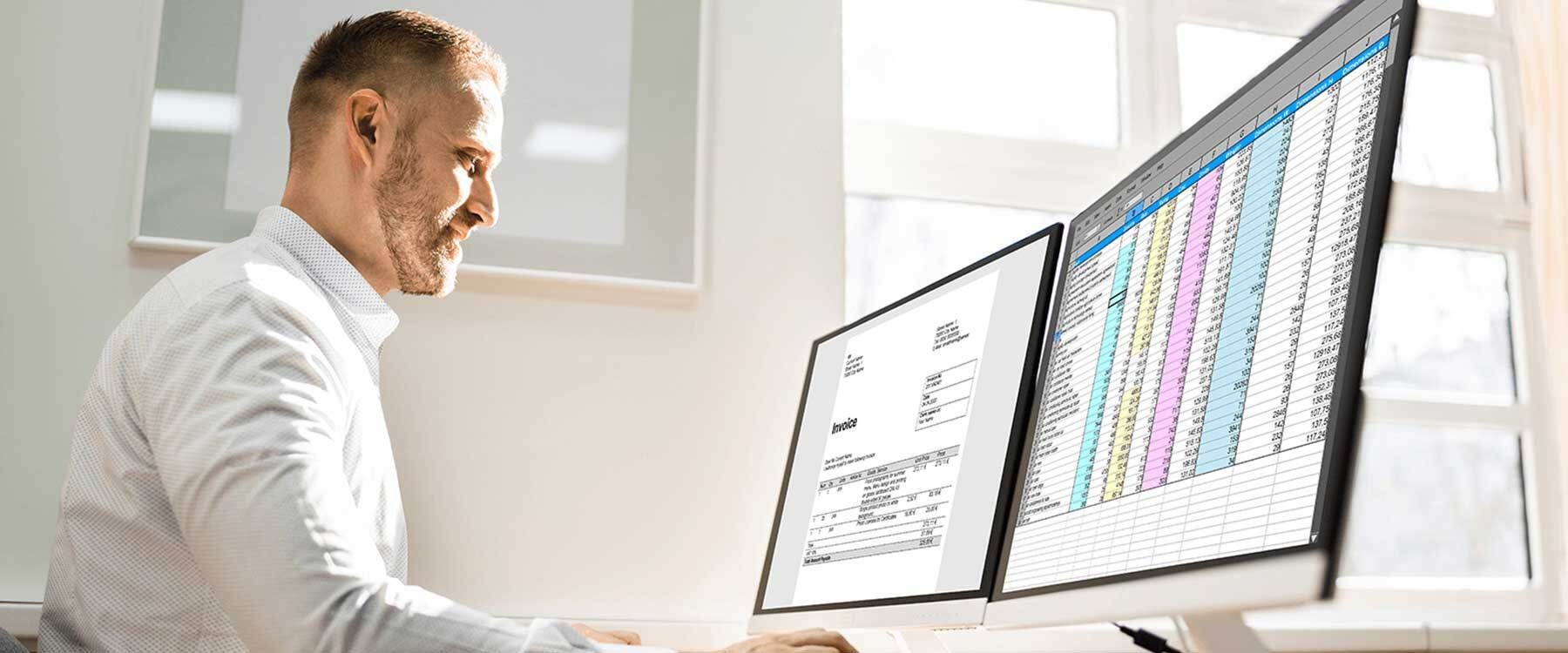Before the introduction of more detailed telehealth CPT codes, healthcare providers faced significant challenges in billing and reimbursement due to a lack of clarity and specificity in the existing codes. The telephone-only codes, for example, were broad, did not account for the varying levels of care provided during remote consultations, and required different modifiers to define the services rendered. This often led to confusion, leaving providers uncertain about how to accurately document the complexity or length of the services provided. As a result, many healthcare providers experienced underpayment for more intricate consultations, while others faced delayed reimbursements or even claim denials. With the increasing reliance on telehealth, these issues not only hindered the financial health of practices but also contributed to frustration for both providers and patients alike.
With the rise in telehealth services, changes to the CPT codes, which are used to bill for these services, are crucial. That’s why, for 2025, several updates have been made to telehealth CPT codes that healthcare providers and billing professionals need to understand in order to protect their payments.
Table of Contents
Toggle- Major Changes to Telehealth CPT Codes in 2025
- Why Are the New Telehealth CPT Codes 2025 Introduced?
- Brief Communication Technology-Based Service (Virtual Check-ins)
- Key Considerations for Telehealth Billing
- Benefits of Telehealth Medical Billing Services by Professionals
- Conclusion
- Frequently Asked Questions (FAQs)
Major Changes to Telehealth CPT Codes in 2025
One of the most significant updates is the replacement of older telephone-only codes with new audio-video and audio-only telehealth codes. These changes reflect the growing importance of telemedicine, which combines real-time video or audio interaction between healthcare providers and patients. Here are all the deleted and added telehealth and telemedicine CPT codes for CY 2025:
What Telehealth CPT Codes Are Being Deleted in 2025?
For 2025, several telehealth CPT codes are being deleted as part of an update to streamline and clarify telehealth billing. The most notable deletions include the older telephone-only codes:
- 99441: Telephone evaluation and management service by a physician or other qualified healthcare professional for an established patient, parent, or guardian, lasting 5-10 minutes of medical discuss.
- 99442: For 11-20 minutes of medical discussion.
- 99443: For 21-30 minutes of medical discussion.
The new telehealth e&m codes were predominantly based upon consults provided over the telephone without well-defined guidance on care levels or time allocated for telephone engagement. With the expansion of telehealth, and obsoleting therapy and preventive telephone-only codes, especially in the era of video consultations, telephone-only codes were inadequate to appropriately capture the complexity and duration of telehealth services.
Audio-Video Telehealth CPT Codes
For new and established patients, the following codes will now apply to synchronous audio-video visits (where both the patient and healthcare provider interact via video or phone):
New Patients:
- 98000 (SF MDM) – 15 minutes of medical discussion required.
- 98001 (Low MDM) – 30 minutes.
- 98002 (Moderate MDM) – 45 minutes.
- 98003 (High MDM) – 60 minutes.
Established Patients:
- 98004 (SF MDM) – 10 minutes.
- 98005 (Low MDM) – 20 minutes.
- 98006 (Moderate MDM) – 30 minutes.
- 98007 (High MDM) – 40 minutes.
This CPT code for telehealth visits list provides a clear breakdown of the amount of medical discussion required for billing purposes, ensuring that healthcare providers can more accurately reflect the services they provide.
Audio Only Telehealth CPT Codes
In addition to video telehealth services, audio-only services are also becoming more widely accepted. For 2025, new codes for audio only telehealth CPT codes will replace previous telephone-only codes. This is important as audio-only consultations still require a certain level of medical discussion. The new audio only telehealth CPT codes are as follows:
New Patients:
- 98008 (SF MDM) – 15 minutes.
- 98009 (Low MDM) – 30 minutes.
- 98010 (Moderate MDM) – 45 minutes.
- 98011 (High MDM) – 60 minutes.
Established Patients:
- 98012 (SF MDM) – 10 minutes.
- 98013 (Low MDM) – 20 minutes.
- 98014 (Moderate MDM) – 30 minutes.
- 98015 (High MDM) – 40 minutes.
Adding these numbers makes the payment process more consistent for audio-only services, which are necessary for many customers who can’t have video appointments because of personal or technical reasons.
Why Are the New Telehealth CPT Codes 2025 Introduced?
Before these new audio-video and audio-only telehealth codes, payment for telehealth services wasn’t as uniform; instead, and it often depended on old codes that didn’t fully describe the type or complexity of the services. Specifically:
- Telephone-Only Codes: Before the introduction of the audio only telehealth codes (98008 to 98015), telehealth services delivered through telephone consultations were billed under older telephone only codes (e.g., 99441 to 99443). These codes were broad and did not specify the level of medical discussion or complexity of the visit, leading to potential confusion and inaccurate reimbursement.
- Lack of Clear Duration-Based Billing: There were no specific requirements for the amount of time spent on the call or consultation. This made it harder to differentiate between short, routine consultations and more complex ones, resulting in billing inconsistencies and sometimes underpayment for more involved services.
- Audio-Only Telehealth Limitations: The older telephone-only codes didn’t fully address the growing need for services like audio-only consultations, which became crucial for patients without access to video conferencing technology. This left many patients with limited options and created billing confusion in these situations.
Before, telehealth billing relied on less specific codes, which made it hard for healthcare workers to correctly bill for care that was provided remotely, especially for audio-only visits and consultations that lasted different amounts of time. The new numbers (98000–98015) fix this problem by making the rules more clear, allowing more accurate bills, and making sure that telehealth services are fairly compensated.
Brief Communication Technology-Based Service (Virtual Check-ins)
Another important change is the addition of CPT Code 98016. This code applies to brief communication technology-based services, such as virtual check-ins. These are short, interactive audio-video consultations, typically lasting 5 to 10 minutes. It is an essential tool for healthcare providers to address quick patient concerns remotely.
Key Considerations for Telehealth Billing
While these new telemedicine CPT codes offer more streamlined billing for healthcare providers, there are a few key considerations:
- Modifier (-93): For audio-only services, the modifier -93 will be used. This helps differentiate between telehealth services where the patient and provider are engaging with video and those where only audio is used.
- CMS Recognition: It’s important to note that while these telehealth CPT codes have been introduced by the (AMA) American Medical Association, the (CMS) Centers for Medicare & Medicaid Services is not yet recognizing all the new codes. For instance, CMS will only recognize audio-video or audio-only codes under specific circumstances, such as when the provider uses a video connection, even if the patient declines it.
- Frequency Limitations: The Centres for Medicare & Medicaid Services (CMS) wants to eliminate limits on how often certain types of visits can happen. These include Critical Care Consultations and Skilled Nursing Facility (SNF) visits. This change could affect how often telehealth services are paid, which could make them easier for patients and doctors to get and give them greater flexibility.
Benefits of Telehealth Medical Billing Services by Professionals
Because telehealth is always changing, it needs payment services that can adapt to new rules and codes. If health care providers use professional telehealth billing services, they can get paid more, make sure they’re following new rules, and avoid losing money because of mistakes in codes.
With the introduction of new telehealth CPT codes, medical billing services can help simplify and follow complex requirements. There are several benefits of telehealth medical billing services, such as:
- Zero Percent Missing Reimbursements: They keep up with the latest CPT codes so that healthcare providers can make sure that all services are properly coded and repaid so that they get paid correctly.
- Compliance with CMS’ Regulations: With evolving telehealth laws & CMS guidelines, telehealth medical billing services play a crucial role in ensuring healthcare providers remain compliant, particularly with Medicare & Medicaid requirements.
- Minimizing Billing Errors: Telehealth e/m codes and billing codes can be complicated, and the risk of coding errors increases with new changes. Medical billing experts ensure accuracy, reducing the chances of denied claims.
Conclusion
In 2025, telehealth CPT codes will observe diverse changes. The most important change is that older telephone-only codes will be replaced with audio-video and audio-only codes that cover more situations. These changes are part of a larger effort to make telemedicine easier to use and more correctly priced. This way, medical professionals can offer advice from a distance and get paid for their work.
As telehealth grows, it’s important for healthcare professionals to know about any new rules about how to code. Using telehealth billing services will help speed up the process and make sure that your business stays in line with the rules. This will also make sure that you get paid correctly for your video visits.
You can give better care to your patients and keep your practice financially healthy if you know and use the new video CPT codes. Don’t forget to check the CMS website often because they are always making changes to telemedicine rules and payment procedures.
Frequently Asked Questions (FAQs)
Will Medicare accept the new telehealth CPT codes for 2025?
While the American Medical Association has introduced the new telehealth codes, Medicare (through CMS) may not recognize all of them right away. CMS may have specific requirements for billing, such as using the modifier -93 for audio-only services, and may only recognize certain codes under particular circumstances.
Are the new codes applicable for both new and established patients?
Yes, both new and existing users can use the new video CPT codes. The numbers are different based on the patient’s condition, and each group has its own time limit. For instance, it usually takes longer to evaluate new patients than it does to evaluate existing patients.
Are telehealth and telemedicine the same?
Telehealth includes many different types of healthcare services that can be provided remotely, such as education, consultations, and planning care. Telemedicine, on the other hand, only refers to medical care delivered through communication tools, such as phone calls.











